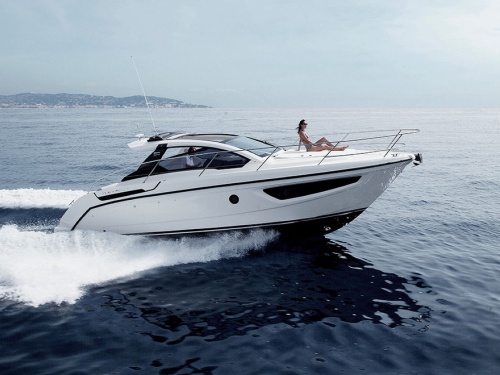Access More Boat Tests
Already have an account? Login
By submitting this form, you acknowledge that you have read and agree with the Privacy Policy & Terms of Use of BoatTEST.com.
Azimut Verve 40 (2017-)
Brief Summary
The Azimut Verve 40 is a luxury-class center console with outboard power primarily dedicated to watersports, entertaining and weekending afloat.



